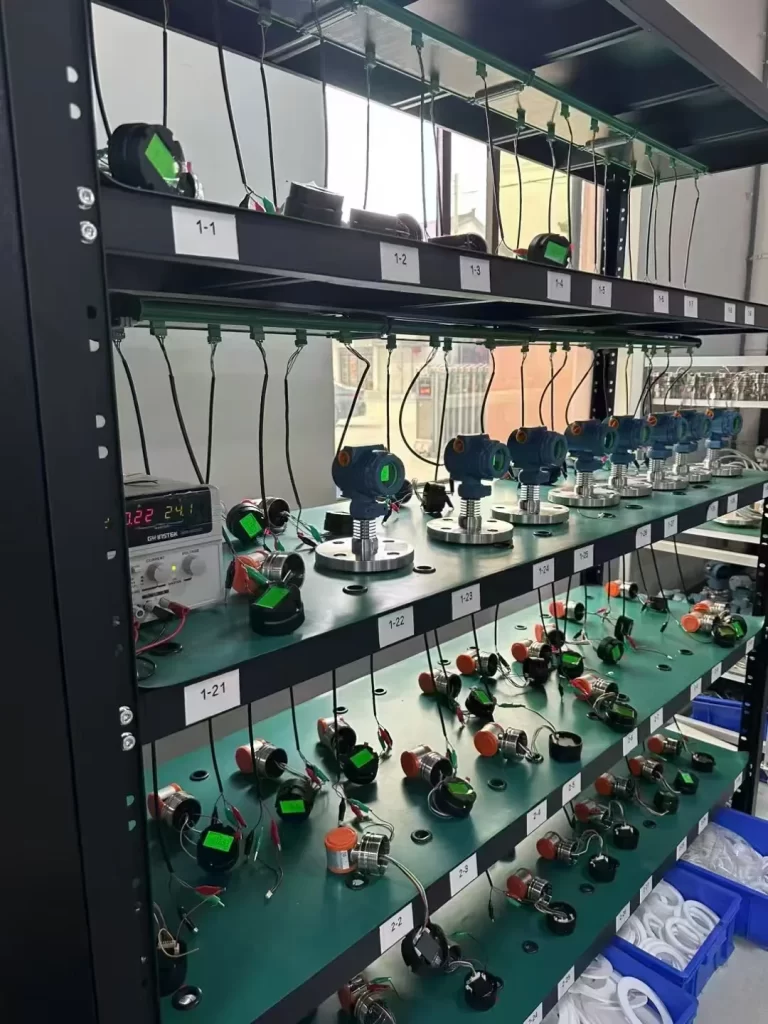
What is a Pressure Transducer? It is often called a pressure transmitter. An absolute Pressure Transducer is a device that measures the pressure relative to 0 Pa. Then, a Gauge Pressure Transducer is an instrument that measures the pressure with atmospheric pressure as the reference point. A Differential Pressure Transducer measures the difference between pressures at two different points.
From monitoring hydraulic systems to ensuring accurate performance in medical ventilators, electronic pressure transducers play a vital role. In this blog post, we’ll explore everything you need to know about electronic pressure transducers.
An Electronic Pressure Transducer
An Electronic pressure transducer converts pressure into an electrical output signal. The electrical signal can be digital or analog and is used by other devices such as controllers, alarms, and other closed-loop systems.
Sino-Inst supplies more than 50 kinds of Electronic pressure transducers.
Key components:
- A sensor produces a raw electrical signal.
- A transducer converts pressure into an analog electrical output.
- A transmitter includes signal conditioning to provide standardized outputs like 4-20 mA or 0-10 V.
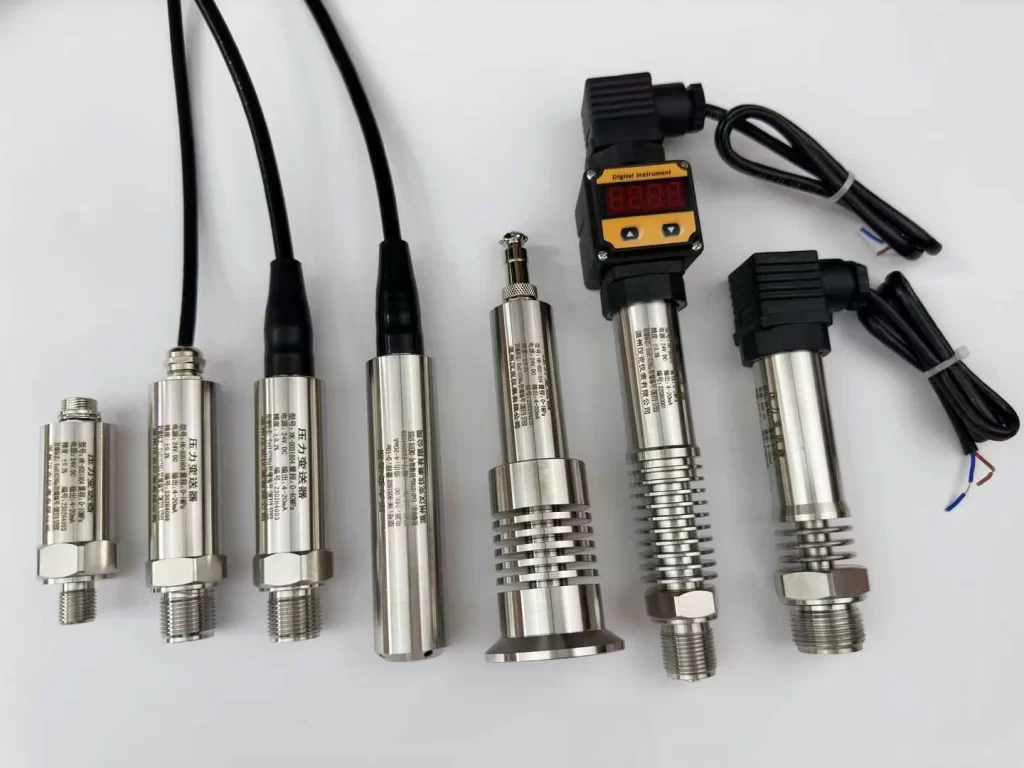
Working Principle of Electronic Pressure Transducer
To elaborate:
- Pressure Detection
- Mechanical Deformation
- Electrical Conversion
The mechanical deformation is converted into an electrical signal using one of several technologies:
- Strain Gauge (most common)
- Capacitive
- Piezoelectric
- Resonant
- Optical
Strain Gauge Pressure Transducers
Key features:
- High accuracy and stability
- Wide pressure range (vacuum to thousands of psi)
- Analog or digital output
- Compact design
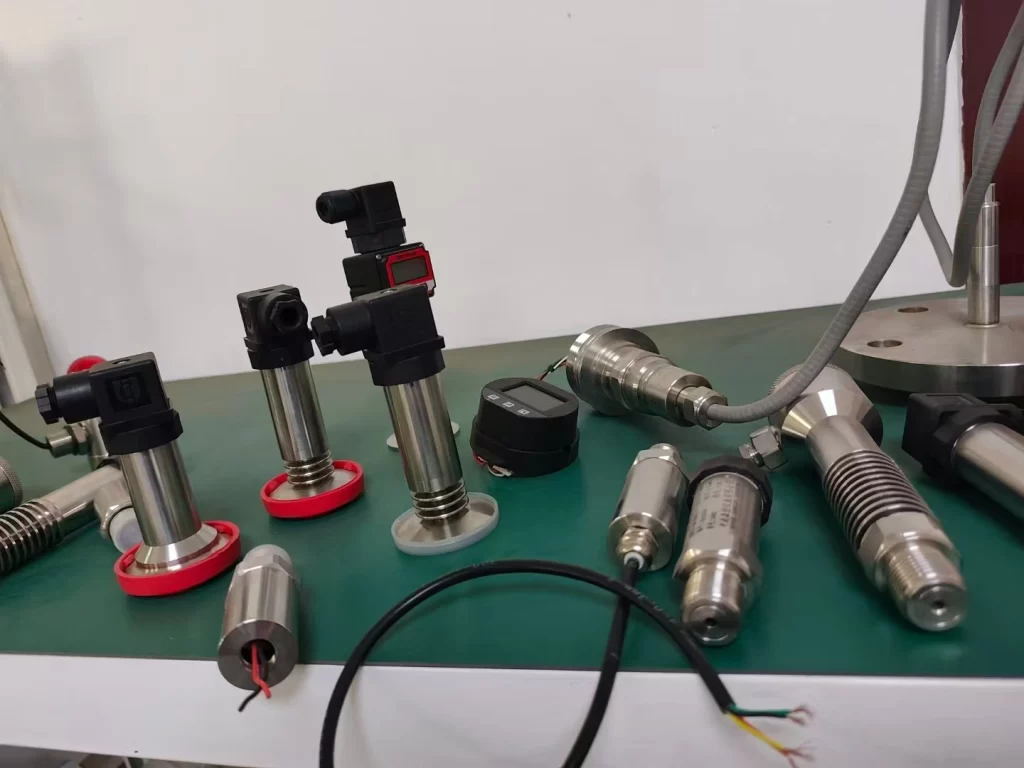
Other Sensing Technologies
1. Capacitive Pressure Transducers
These measure changes in capacitance between a diaphragm and a fixed plate. Pressure alters the gap, changing the capacitance, which is converted into an electrical signal.
These kinds of pressure Transducers are highly sensitivity, good for low-pressure measurements. But Sensitive to electromagnetic interference.
2. Piezoelectric Pressure Transducers
Use crystals (like quartz) that generate a voltage when stressed. These are ideal for dynamic pressure measurements (e.g., engine combustion).
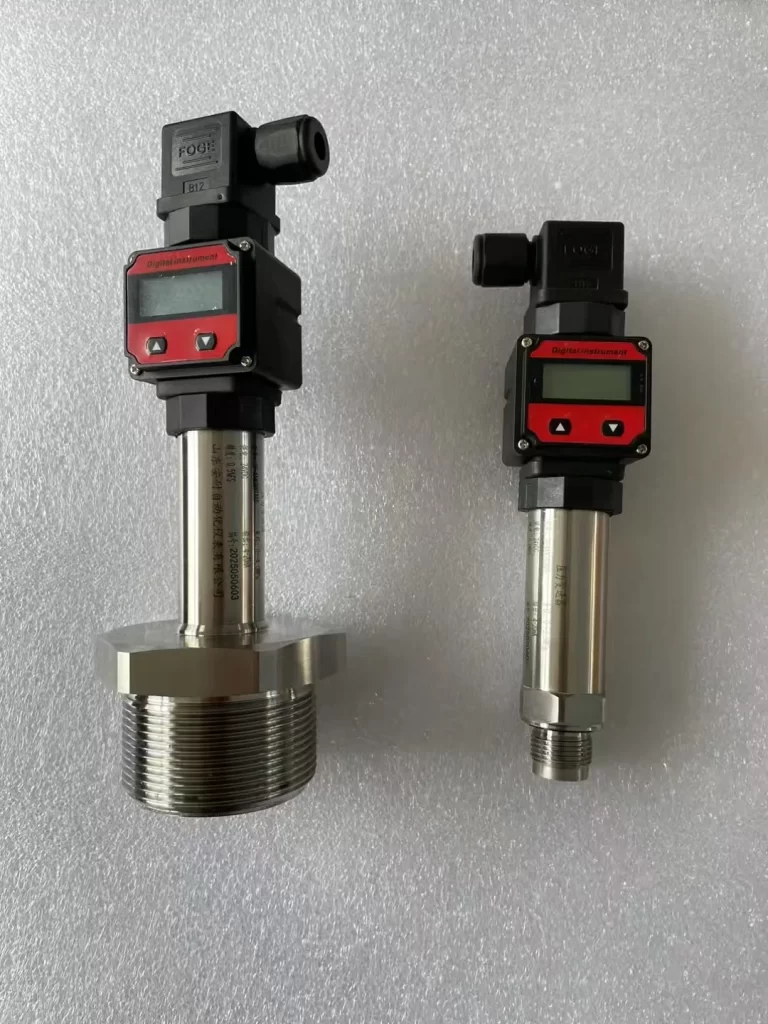
Fast response and High-frequency measurements are its benefits. Not suitable for static pressure.
3. Resonant Pressure Transducers
Measure pressure by detecting changes in the resonant frequency of a vibrating element. These are highly accurate and stable.
4. Optical Pressure Transducers
Use fiber optics to detect diaphragm deflection, ideal for hazardous or electromagnetic environments.
Read more about:
Gauge Pressure vs Absolute Pressure | Differences and Relationships
Industrial Pressure Transmitters: 7 Sensor Principles and 4 Main Types!
Electronic Pressure Transducer Output Signal Types
Applications of Electronic Pressure Transducers
- Electronic Pressure Transducers are applicable in any liquid power application that requires a precise & high-resolution measurement of force.
- Electronic Pressure Transducers are used where a measurement of force is required with incorporated digital display.
- Electronic Pressure Transducers are applicable within closed-loop applications like compensation of electronic pressure, which will calculate force upstream & downstream of a relative metering tap to precisely calculate pressure fall.
- These transducers are used in closed-loop pumps for controlling.
- Electronic Pressure Transducers are used like an electronically changeable pressure switch.
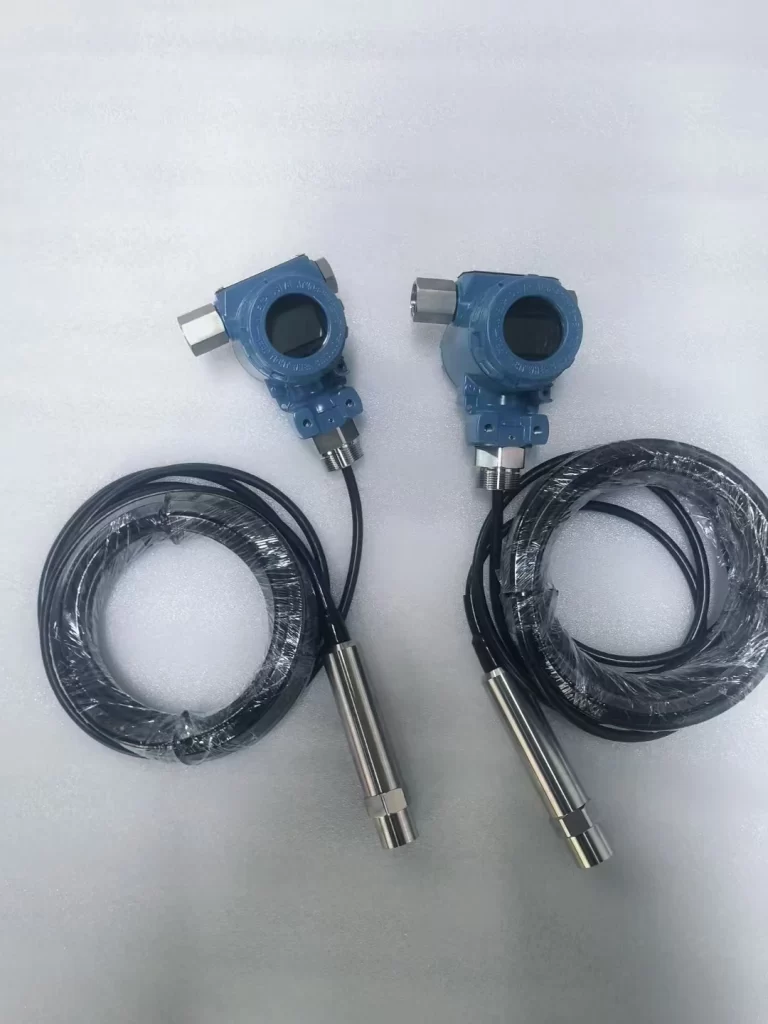
Fundamental Factors to Consider When Choosing a Pressure Transducer
- Pressure Range
Choose a device with a range that matches your system’s expected pressure. Over- or under-sizing can affect accuracy and lifespan. - Accuracy
Consider the level of precision required. Medical and aerospace applications often require high accuracy. - Output Signal
Ensure compatibility with your control or monitoring system (analog, current, digital). - Environmental Conditions
Look for protection against moisture, vibration, chemicals, and electromagnetic interference. - Media Compatibility
Ensure the diaphragm and wetted parts are compatible with the fluid or gas (e.g., stainless steel for corrosive fluids). - Mounting and Connection
Verify the pressure port size, electrical connector type, and installation requirements.
Calibration and Maintenance
- Zero-point adjustment
- Span calibration (full-scale)
- Regular inspection for leaks or corrosion
Some high-end transducers offer self-calibration features or diagnostics for predictive maintenance.
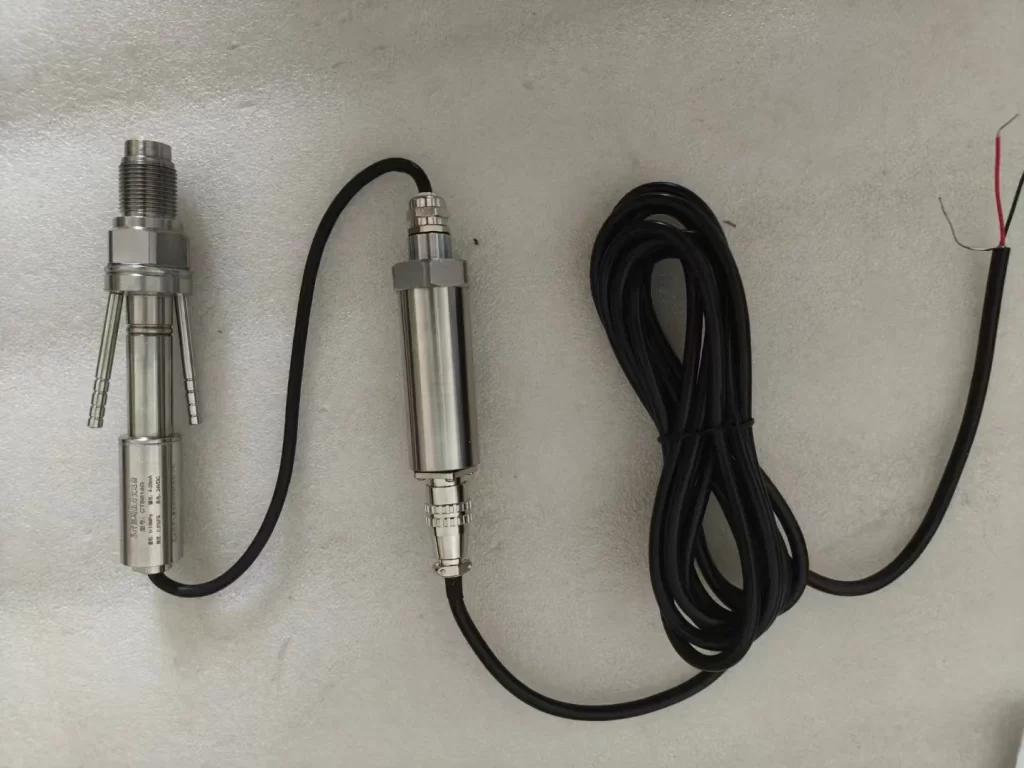
Why is it important to calibrate pressure transducers?
Every sensor is susceptible to measurement errors. These structural uncertainties are simple algebraic differences between the value indicated by the sensor output and the actual value of the measured variable or a known reference pressure. Measurement errors can be caused by a variety of factors.
However, pressure transducers may require more frequent calibration when the transducer is used in critical applications and harsh environments.
Calibration and Maintenance
- Zero-point adjustment
- Span calibration (full-scale)
- Regular inspection for leaks or corrosion
Some high-end transducers offer self-calibration features or diagnostics for predictive maintenance.
Why is it important to calibrate pressure transducers?
Every sensor is susceptible to measurement errors. These structural uncertainties are simple algebraic differences between the value indicated by the sensor output and the actual value of the measured variable or a known reference pressure. Measurement errors can be caused by a variety of factors.
However, pressure transducers may require more frequent calibration when the transducer is used in critical applications and harsh environments.
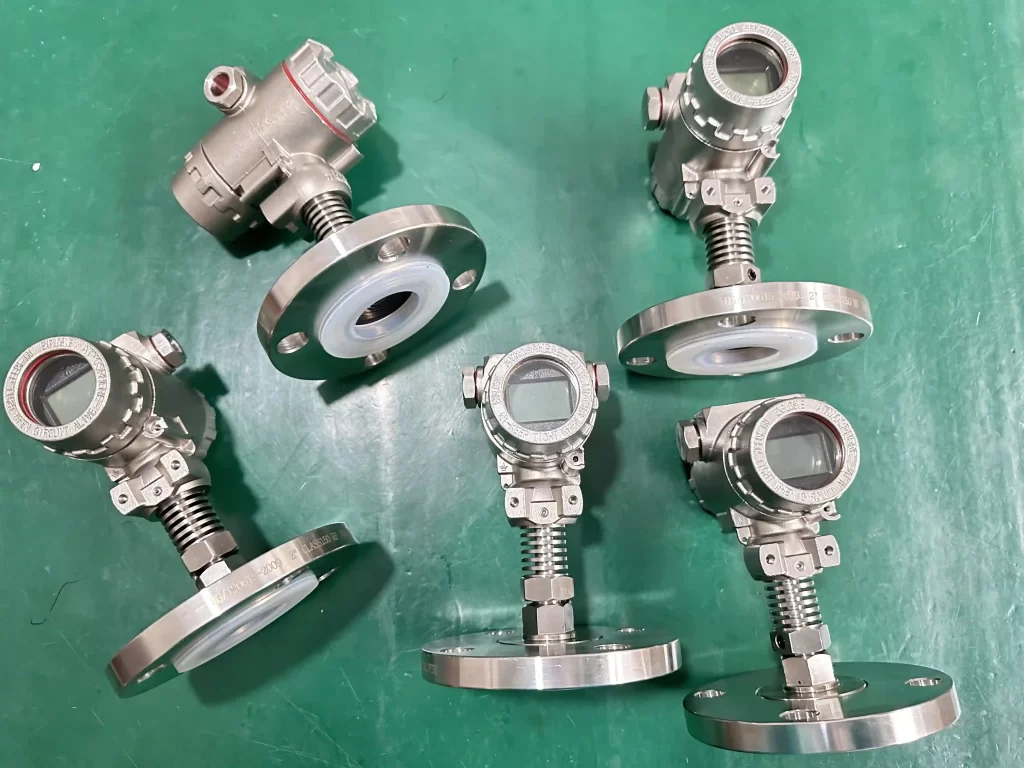
More Pressure Measurement Solutions
- How To Calculate Pressure From Flow Rate And Vice Versa
- Relationship Between Pressure And Flow Rate: Key Insights
- Customized Case: High Temperature and High Pressure Pressure Measurement -100MPa-700℃
- Featured Gauge Pressure Transmitters for Industrial Process Pressure Measurement
- What Are Diaphragm Seal Systems in Pressure Measurement? and Types
- Industrial Differential Pressure Sensors | Sino-Inst
- RS485 Pressure Sensors
- Differential Pressure Transmitters – Guide and Selection
- DP Transmitters for Filter Differential Pressure Monitoring
- 2 Wire-3 Wire-4 Wire Pressure Transducer Wiring Diagram
- Industrial Analog Pressure Transducers | 4-20mA, 0-5/10V DC
Electronic pressure transducers are a prerequisite in modern systems, offering accurate, fast, and reliable pressure measurements. Whether you’re managing an industrial automation line, designing medical devices, or controlling aerospace systems, understanding how these devices work is key to optimizing performance and safety.
By selecting the right type, technology, and range—and maintaining proper calibration—you can ensure consistent and efficient operation across diverse applications.
Sino-Inst is always committed to its customers’ service. Customized pressure sensors and pressure transmitters – used in special working conditions such as high temperature, high pressure, extremely low temperature, explosion-proof, and anti-corrosion are available at our company.
-1.jpg)